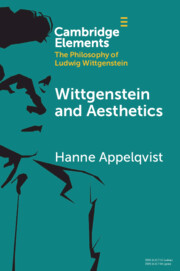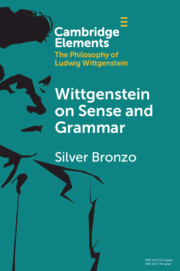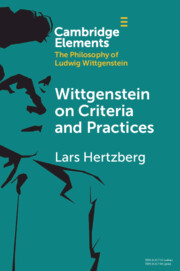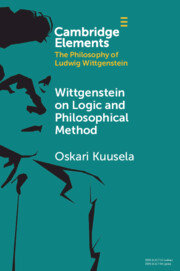Wittgenstein and Aesthetics
This Element argues that aesthetics broadly conceived plays a significant role in Wittgenstein's philosophy. In doing so, it draws on the interpretative tradition that emphasizes affinities between Wittgenstein's thought and Kant's philosophy. Following the chronology of Wittgenstein's philosophical work, this Element addresses Wittgenstein's early equation between ethics and aesthetics, his middle-period discussion on the normative character of aesthetic judgments and the possibility of their justification, and his later comparison between language and music. As a whole, it traces a continuous line of thought pertaining to a non-conceptual form of encounter with reality, which is developed in close conjunction with aesthetics and contributes to Wittgenstein's understanding of language and the method of philosophy throughout his career. This title is also available as open access on Cambridge Core.
Product details
March 2023Adobe eBook Reader
9781108950527
0 pages
This ISBN is for an eBook version which is distributed on our behalf by a third party.
Table of Contents
- 1. Introduction
- 2. Wittgenstein's early philosophy
- 3. The middle period
- 4. From the brown book to the philosophical investigations
- 5. Aesthetics and philosophy
- References.






